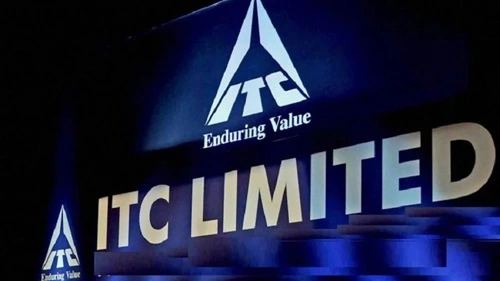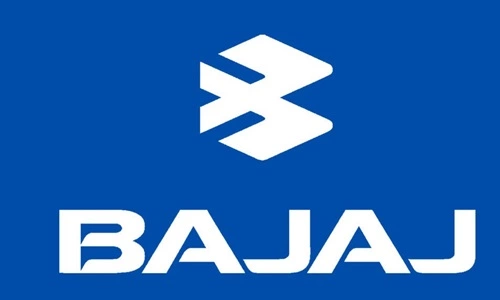In the global automotive industry, Tata Motors have left an indelible mark. The company, having a rich history and endless chains of new and innovative vehicles, led the Indian automotive industry to a new direction. According to the diverse market needs it has been offering new products in the automotive industry. It has come up with revolutionizing concepts like Tata Nano. Obviously knowing about this company is worthwhile for the interested ones.
| Net worth | $5.7 billion |
| CEO | Guenter Butschek |
| Founder | Jamsetji Tata |
| Head Office | Mumbai Maharashtra |
Net Worth of Tata Motors
Tata Motors’ net worth was estimated to be around $5.7 billion USD.
CEO of Tata Motors
Tata Motors’ CEO is Mr. Guenter Butschek. The Tata Motors CEO has shaped the company’s strategy and performance.
Founder of Tata Motors
Tata Motors is owned by India’s oldest and most renowned company, Tata Sons. Tata Motors has no founder, but visionary leaders like Jamsetji Tata have led the Tata Group.
Tata Motors and other Tata Group companies were founded on pioneering industrialization. He wanted to construct a shareholder- and society-beneficial manufacturing empire. Tata Motors, part of the Tata Group, upholds ethics and community development.
Head Office Location
Tata Motors’ headquarters are in Mumbai, Maharashtra. The precise address is:
Tata Motors Limited, Bombay House, 24, Homi Mody Street, Mumbai – 400 001, Maharashtra, India.
An outstanding heritage structure, Bombay House, is Tata Motors’ administrative and strategic hub.
History of Tata Motors
TELCO began locomotive production in 1945. The company quickly expanded beyond locomotives and began making commercial automobiles in India with Daimler-Benz AG in 1954. Tata Motors’ 1959 Tata 407 commercial car transformed India’s commercial vehicle sector. The company then added trucks, buses, and construction equipment.
Tata Motors entered the passenger car market with the 1991 Sierra SUV. This launched its passenger vehicle industry. Tata moved into passenger vehicles in 1998 by purchasing Daewoo’s passenger car business. Tata Motors’ 2008 launch of the world’s cheapest car, the Nano, was a milestone. The Nano was cheaper and safer than Indian homes’ many two-wheelers. With its 2008 acquisition of Jaguar Land Rover (JLR) and 2006 strategic agreement with Marcopolo S.A. for buses and coaches, Tata Motors expanded abroad. Purchases and agreements improved Tata Motors’ worldwide automotive industry.
Tata Motors encourages eco-travel. Carbon emissions are reduced by its electric and hybrid autos. The Tata Tigor EV and Nexon EV show the company’s green mobility ambitions. Tata Motors expanded internationally via clever acquisitions and partnerships. The acquisition of Jaguar Land Rover expanded the luxury car industry, and global alliances boosted technology. In the recent years, the company has progressed. In spite of steep competition all over the world, Tata Motors have been a leading runner. With a lump sum investment in R&D and eco friendliness, the company has experienced universal encouragement so far.















